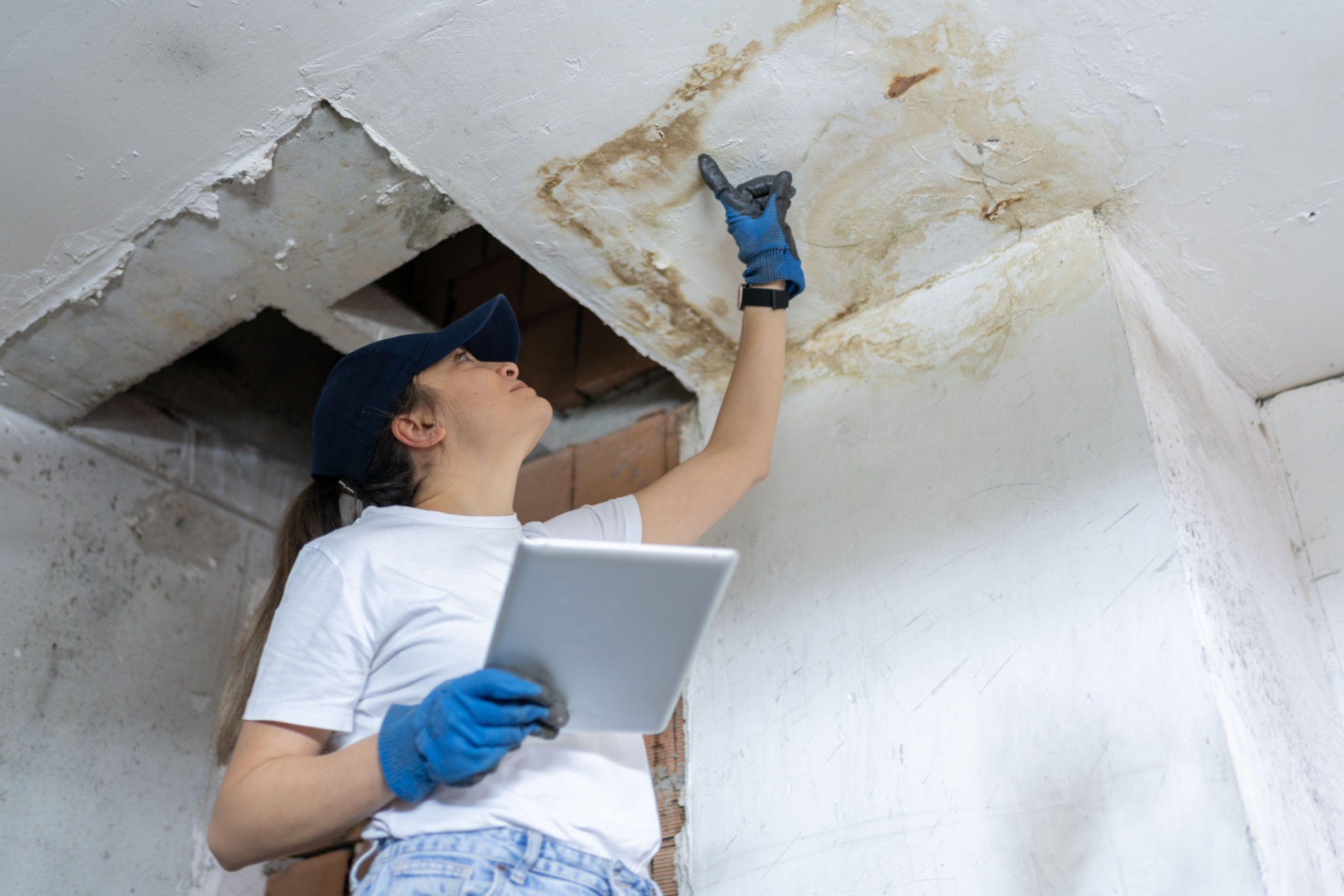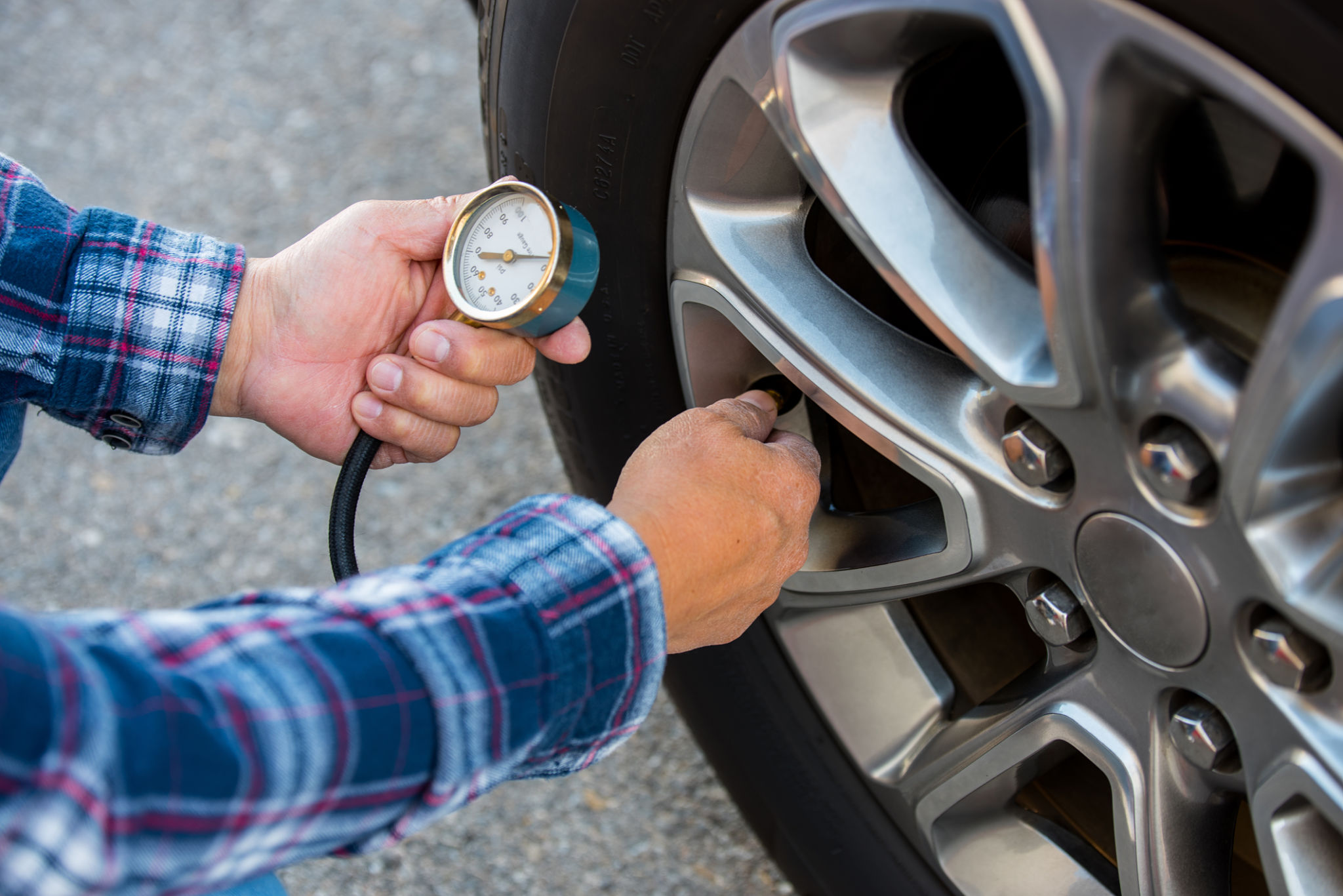DIY Fleet Maintenance: Simple Checks to Keep Your Vehicles Running Smoothly
Introduction to DIY Fleet Maintenance
Maintaining a fleet of vehicles can be a daunting task, but with regular checks and a bit of DIY know-how, you can keep your vehicles running smoothly and efficiently. Regular maintenance not only extends the life of your vehicles but also enhances safety and reduces operational costs. In this post, we'll explore some simple checks that you can perform yourself.

Regularly Check Fluids
Engine Oil
One of the most critical aspects of vehicle maintenance is ensuring that the engine oil is at the correct level. Regularly check the oil level using the dipstick, and top it up if necessary. Remember, using the right type of oil is crucial for optimal engine performance.
Coolant Levels
Coolant helps prevent your engine from overheating. Ensure that the coolant level is between the minimum and maximum marks on the reservoir. If you notice frequent drops in coolant levels, it might indicate a leak that needs addressing.

Inspect Tires Regularly
Tires are critical for vehicle safety and fuel efficiency. Check tire pressure regularly, as under-inflated tires can lead to increased fuel consumption and uneven wear. Rotate your tires every 6,000 to 8,000 miles to ensure even wear and extend their lifespan.
Monitor Tire Tread
Inspect the tread depth of your tires as well. Use a tread depth gauge or the penny test—insert a penny into the tread with Lincoln’s head upside down. If you can see all of Lincoln’s head, it’s time to replace the tires.

Battery and Electrical System
The battery is another vital component that requires regular attention. Ensure that the battery terminals are clean and free of corrosion. If your vehicle struggles to start or if the lights are dim, it might be time to have the battery tested or replaced.
Check Lights and Indicators
Regularly inspect all lights and indicators on your vehicles. This includes headlights, brake lights, turn signals, and hazard lights. Ensuring all lights are functioning properly is essential for safety and legal compliance.

Brakes and Brake Fluid
The braking system is paramount to vehicle safety. Listen for any unusual noises when braking, such as squealing or grinding, which might indicate worn brake pads or rotors. Check the brake fluid level regularly and top it up if necessary. If you experience a spongy brake pedal, it could be a sign of air in the brake lines or a more serious issue.
Conclusion
By performing these simple DIY checks regularly, you can ensure that your fleet remains in top condition, reducing the likelihood of unexpected breakdowns and costly repairs. Remember, while these checks are helpful, it's also important to schedule professional maintenance as needed to address more complex issues. Stay proactive, and your vehicles will reward you with reliable performance.
